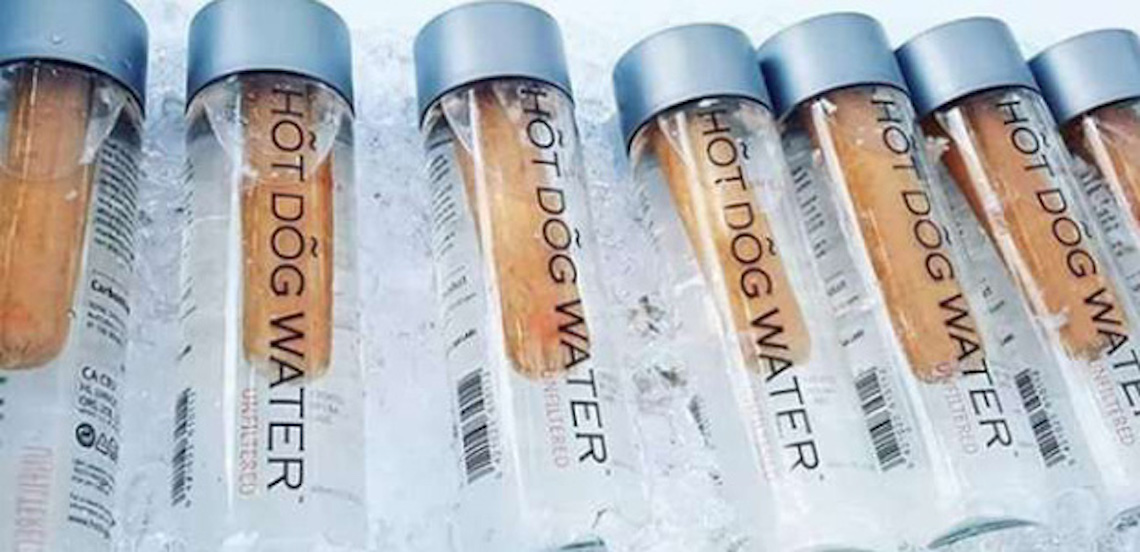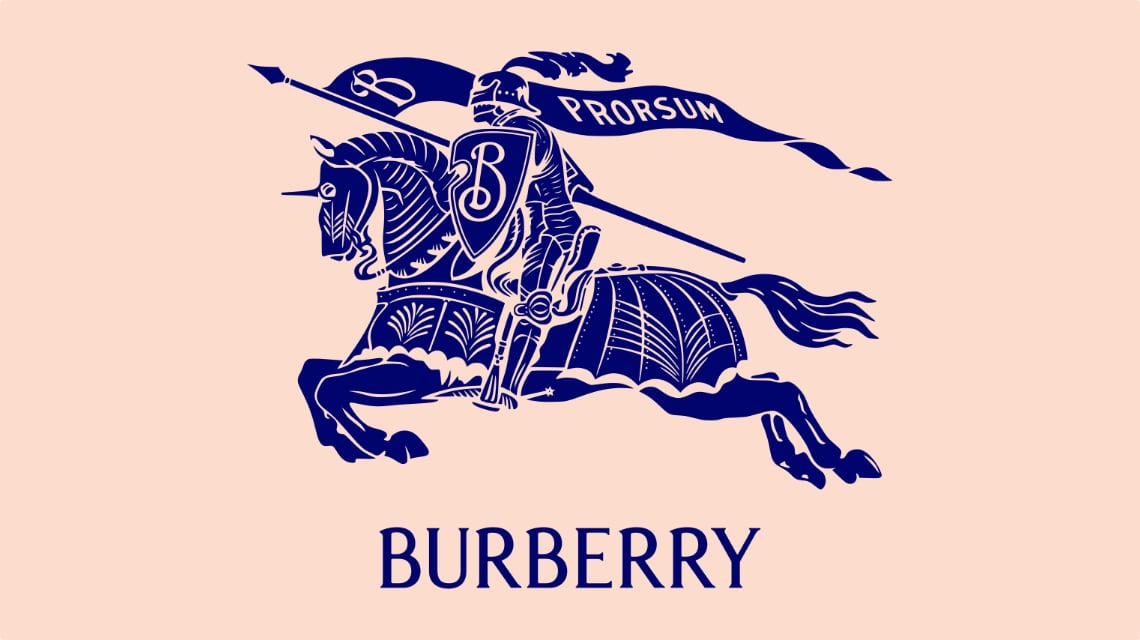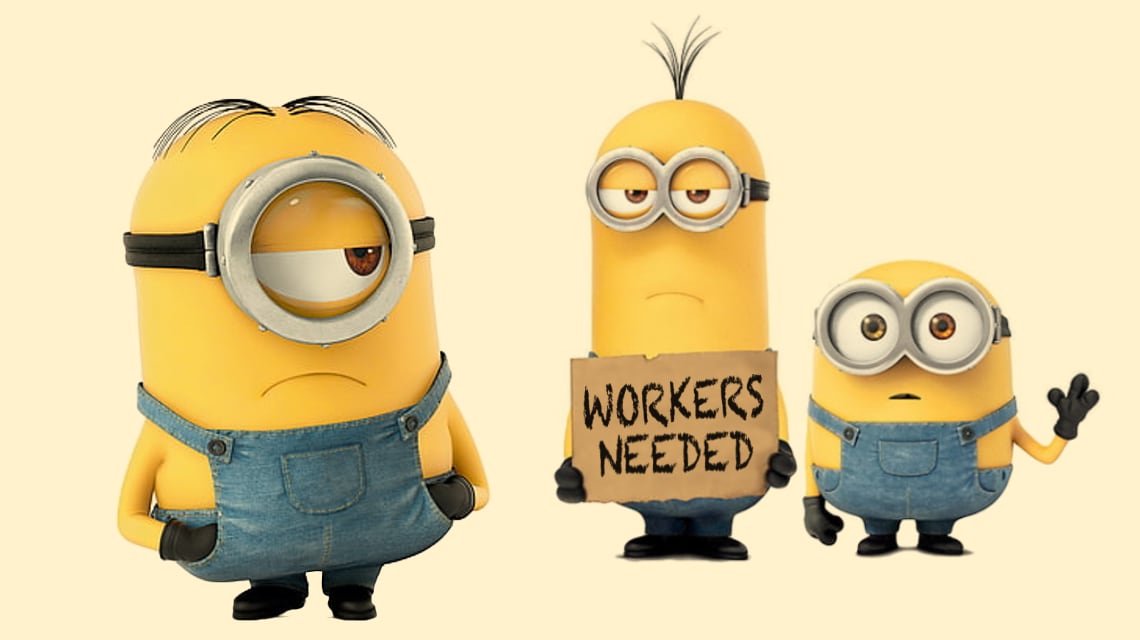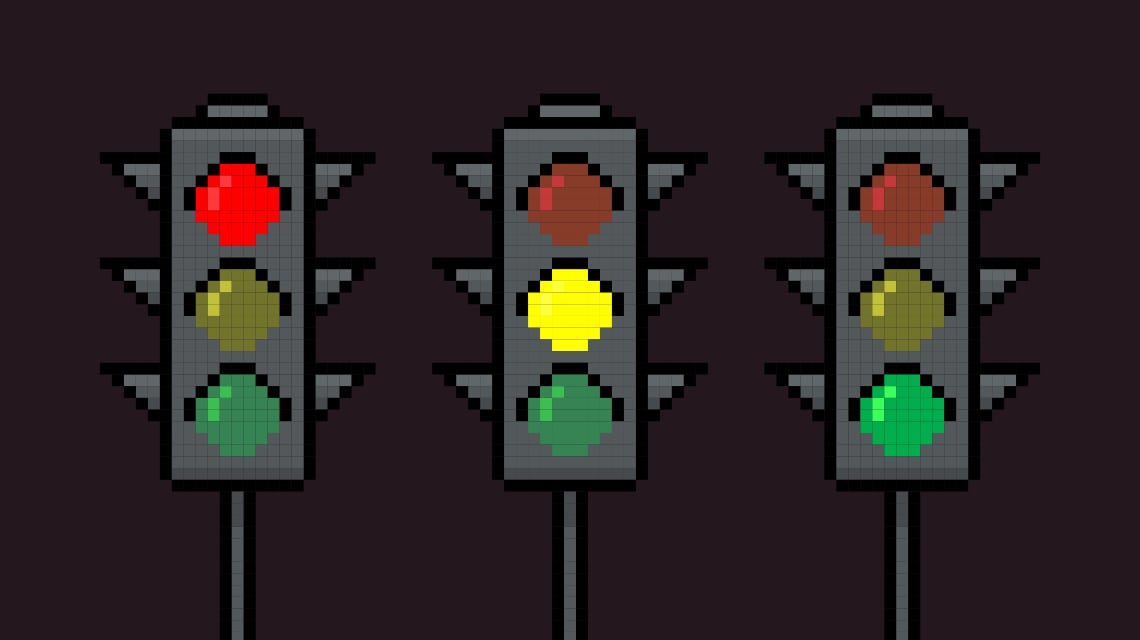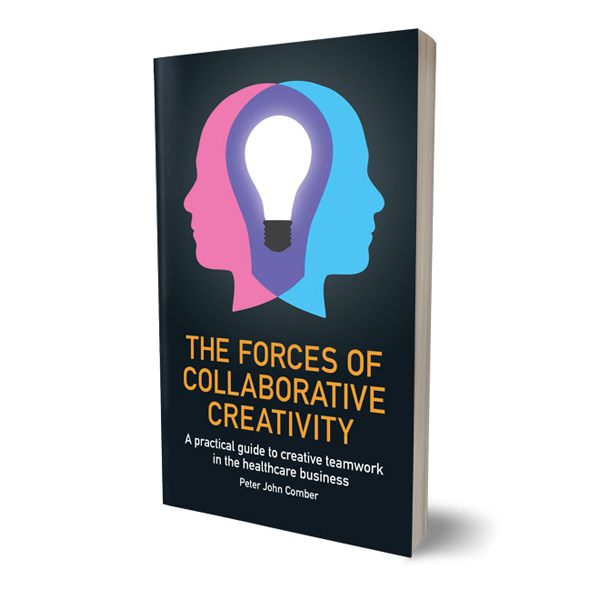Hõt Dõg Water™
How dysfunctional can the marketing of functional foods be?
A new product was launched into the ever-expanding ‘functional waters’ category, on Sunday 17th June, at the Car Free Day festival in Vancouver, Canada - with the following health benefit claims: increased brain function and vitality, weight loss, a younger physique, gluten-free, Keto diet-compatible, rich in electrolytes and sodium. The accompanying advertising claimed “patented carbohydrate restrictors that trigger autophagy and anti-inflammatory processes, helping you access the calcium channel receptors in your heart and balance the state of your body's multicellular organisms to help you fight both infection and disease." The stylish packaging of the water-with-a-sausauge-in-it can be seen in the photo above. 60 litres of Hõt Dõg Water™ were sold at the festival at $37.99 a bottle.
I’ll return to Hõt Dõg Water™ at the end of this article, for now the aspect I want to pursue is that of functional claims and their validity. The past decade has seen a significant shift in food trends towards healthier foods. Either by omitting something, adding something, or both, brands are trying to align their offering with common consumer desires for healthier food. Specific claims are usually supported by published scientific papers, which sounds reassuring but the reality is, it depends.
In 2013, Dr John Bohannon, a journalist with a doctorate in molecular biology, conducted an experiment to test the effectiveness of the peer review system in selecting and rejecting papers for publication. He wrote a paper which falsely claimed that a molecule found in lichens could inhibit cancer cell growth. The papers’ methodology was described by the author as “laughably bad” and contained the incredible conclusion that the lichen molecule was “a promising new drug” despite a complete absence of clinical trials. Dr Bohannon submitted his implausible paper, to 288 open-access journals, using the invented names of biologists from non-existent medical institutes. 53% of the journals responded with offers to publish the paper for a fee.
Not all scientific journals are the same and people in the scientific community understand that some sources are more reputable than others, but I doubt that the general public are so discerning. Then again, Douglas Bevans recently stated: “I think we all feel particularly vulnerable in this era of pseudo-scientific health claims and the targeted marketing of social media.” Who, you ask, is Douglas Bevans? He works in the travel industry and is also an artist, whose latest creation I introduced at the beginning. In the words of its creator; "Hõt Dõg Water™, in its absurdity, hopes to encourage critical thinking related to product marketing and the significant role it can play in our purchasing choices."
Yes, sadly, Hõt Dõg Water™ is a hoax product - created to raise public awareness of products with misleading or nonexistent health effects. While he was at it, maybe Mr Bevans should have paid to publish a bogus scientific paper about the benefits of Hõt Dõg Water™ and added “cure for cancer” to it’s list of spurious properties.
